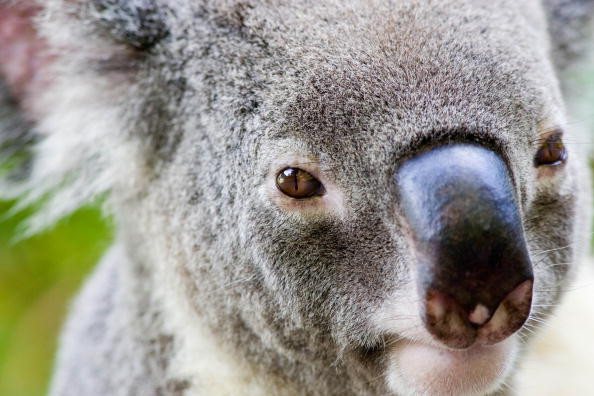Australia: Habitat loss and disease pushing Queensland koalas to extinction

Koala populations in parts of Queensland, Australia, are being pushed to the brink of extinction because of habitat loss and disease, a report has warned. Steven Miles, the state's environment minister, has announced plans to step up government efforts to protect the koala population. He said he will appoint a panel of experts to investigate ways of stopping the decline of the species.
The South East Queensland Koala Population Modelling Study was commissioned last year by Queensland Department of Environment and Heritage Protection to analyse existing koala population data. The goal was to come up with an independent and up-to-date assessment of koala conservation status in the southern part of the state.
The authors from UniQuest - the commercialisation company of University of Queensland - have found strong evidence for a rapid decline in population densities between 1996 and 2014 in the Koala Coast and Pine Rivers populations. According to the report, survey data gathered over this 20-year period suggest a 80.3% population decline in Coast sites and a 54.3% decline in Pine Rivers sites.
Reasons for the decline
The authors say a combination of factors may be responsible for this negative trend. Koalas are often affected by a range of diseases - including persistent chlamydial infections - which are not well understood and lead to high mortality rates.
There is also mounting evidence that deforestation has had devastating impact on koalas. The scientists point out that habitat loss may have left the animals more vulnerable to dog attacks and vehicle collisions since they have to spend more time on the move to find new habitats with trees to live. The koala is an arboreal herbivorous marsupial native to Australia. Its closest living relative is the wombat.

"Habitat loss and fragmentation may have the combined effect of reducing the amount of habitat, but also increasing the amount of time koalas must spend moving on the ground at risk from a range of threats", the experts said.
Measures to save Koalas
The scientists also recommend investigating whether this decline can be observed in the whole of Queensland State, or is only restricted to the south-eastern areas monitored in their report. The newly-appointed scientific panel will discuss the issue in coming months.

The priority will also be to review previous protection strategies. "The past 20 years have seen an increase in the number of people living in south east Queensland with an associated loss of habitat, and increases in the numbers of roads, cars and dogs,'' minister Steven Miles said. "It is clear from the science that we cannot just assume that the koala protection strategies put in place over the past two decades are going to stop populations of this iconic species continuing to decline".
Since 1996, Queensland State Government has invested over $150m - approximately £103m - in programmes to map and restore koala habitat, address the impacts of car collisions, dog attacks and disease, as well as in surveys and rehabilitation of injured animals. Yet, this has not been enough to stop the threats against koalas. The panel will have to come up with original ideas in order to compensate the animals for habitat loss.
© Copyright IBTimes 2025. All rights reserved.






















